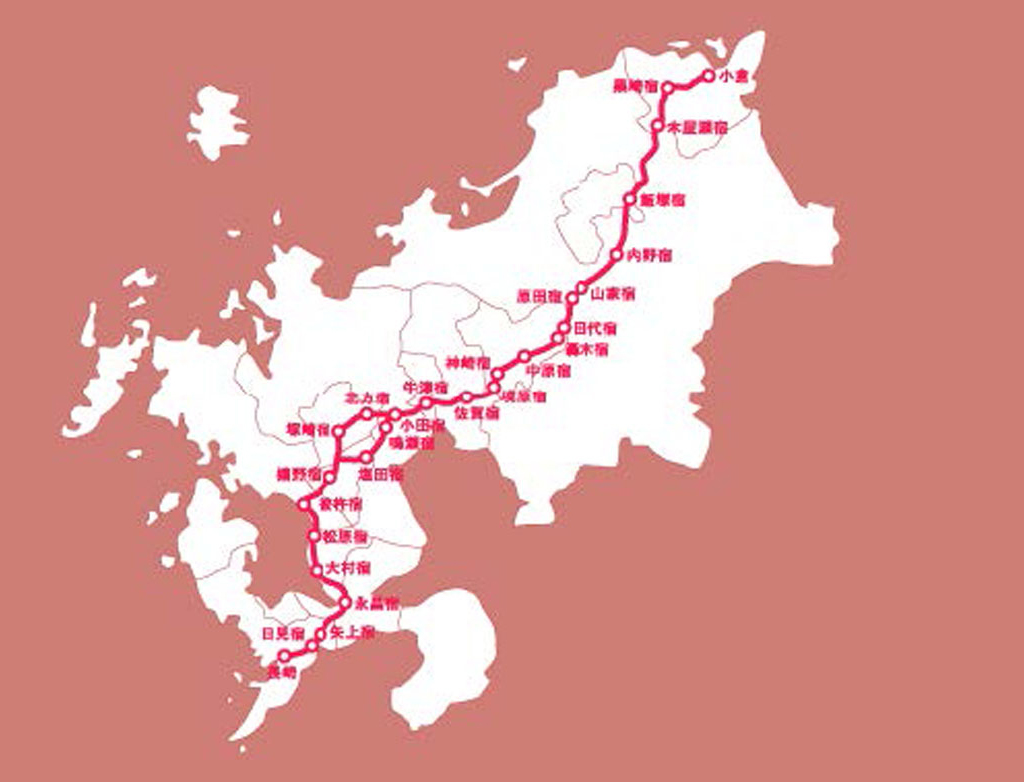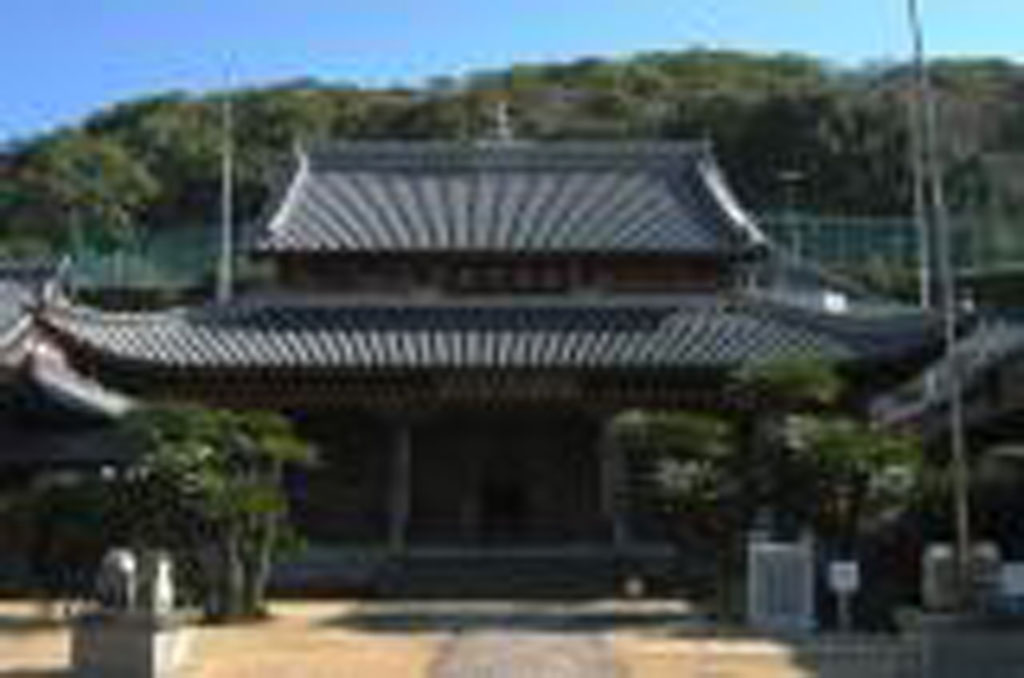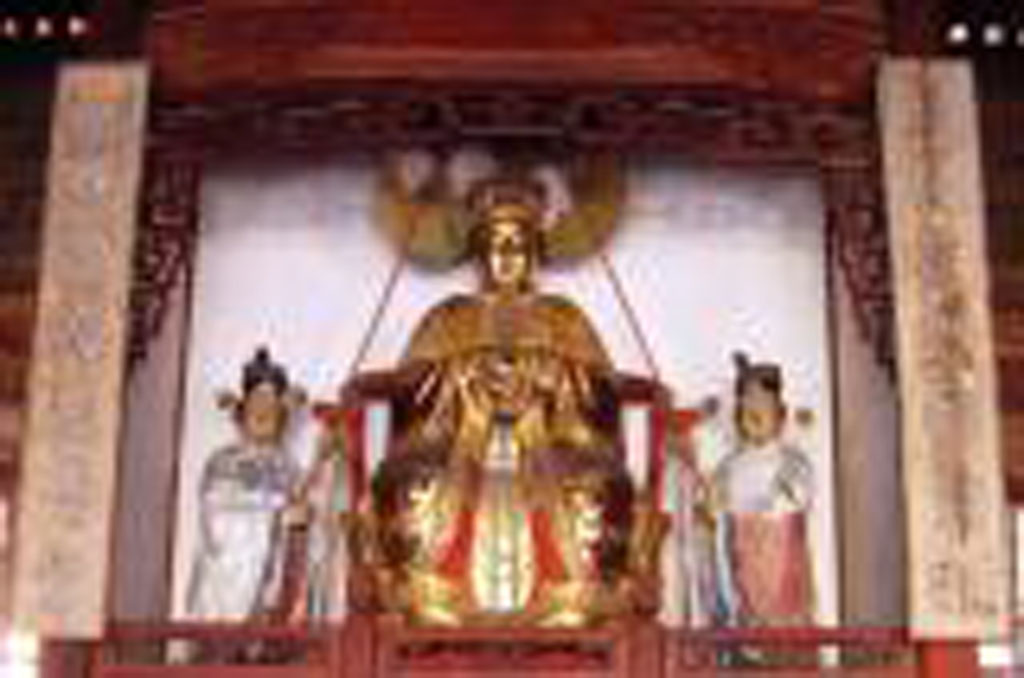Inception of food culture(3)
Kyushu Confectionery Culture was Created by the Sugar Road

During the Edo Period, the sugar unloaded on Dejima, an artificial island that was a gateway between Japan and the rest of the world, was transported along the Nagasaki Kaido, which runs from Nagasaki to Saga and Kokura, then on to Kyoto, Osaka, Edo and elsewhere.
Not just sugar, but also sweets-making techniques were conveyed along the route, resulting in the creation of some confections that are famous throughout Japan. The confections that came from Western Europe differ from traditional Japanese wagashi in that plenty of sugar is used to make them. At various places along the Nagasaki Kaido, unique sugar cultures that incorporated the local culture and climate took root.
Because of this history, the Nagasaki Kaido came to be called “the Sugar Road,” and its techniques and recipes continue to be handed down today.

Related Spots


Kofukuji Temple
In the Edo Period, Chinese people in Nagasaki donated an enormous amount of sugar to Kofukuji Temple and other temples called To-dera. The sugar was transported via the Nagasaki Kaido to Obaku-san Manpukuji Temple in Kyoto.
Location: 4-32 Teramachi, Nagasaki-shi, Nagasaki
PH: 095-822-1076 (Kofukuji Temple)
Website: Kofukuji Temple
http://kofukuji.com/english/
Admission: 300 yen (adults), 200 yen (junior high/high school), 100 yen (elementary)
Transportation: From JR Nagasaki Station, take the tram toward “Hotarujaya” and get off at “Civic Hall”. 8 min walk from the tram stop
Approx. 8 min from Kyushu Odan Expressway Nagasaki-Oita Line Nagasaki-Susukizuka Interchange